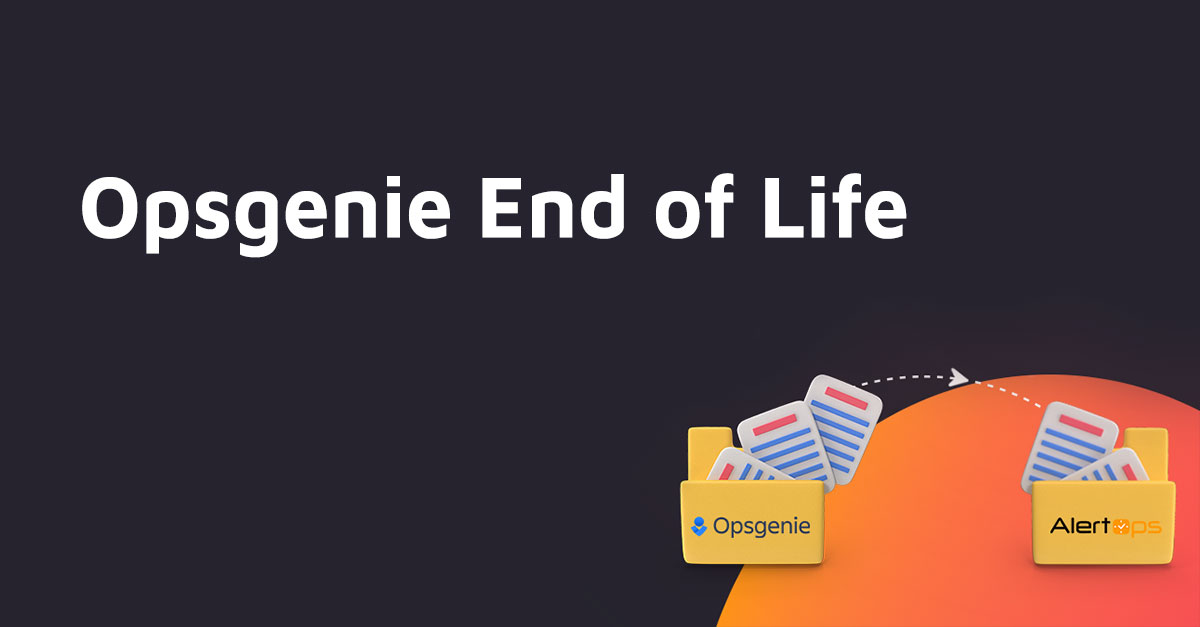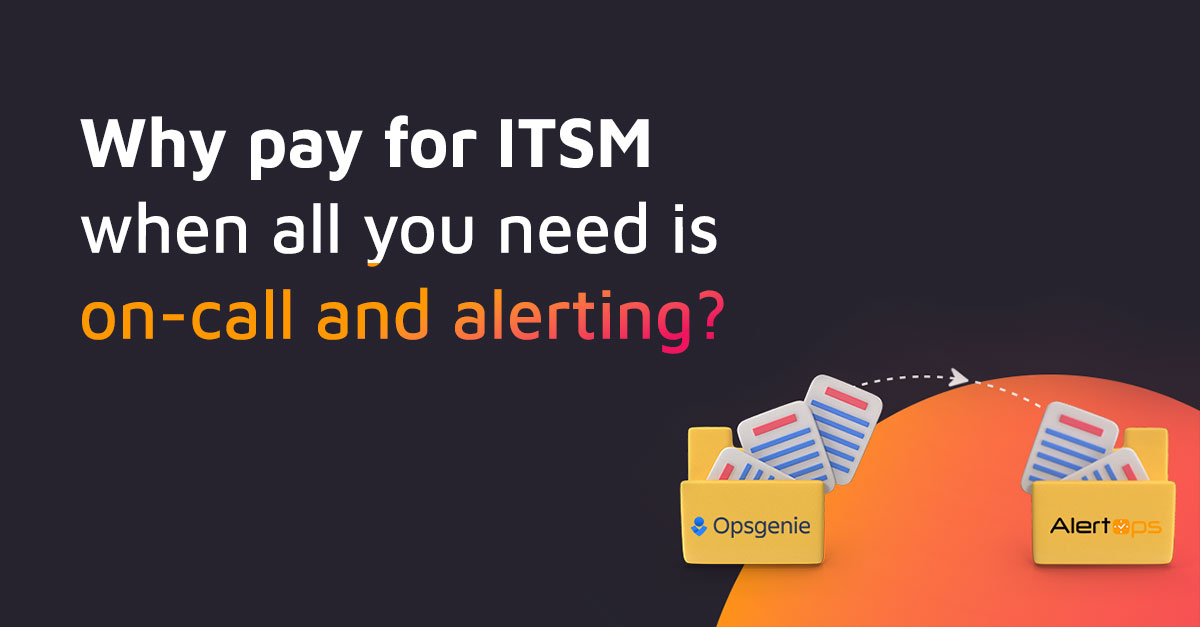What is Alert Noise?
One of the most common issues that DevOps and ITOps teams encounter is the alert noise. False alarms divert attention and resources away from the real problems. It has been made worse if you are getting fake notifications with the correct ones. In their monitoring systems, many companies forget to build up alert dependencies. As a result, the surroundings become quite loud.
What causes Alert Noise?
Complex and diverse enterprise environments exist. Typically, you will have several different monitoring tools, each of which monitors different areas of your IT and sends a slew of notifications and alerts for every detail within its scope of monitoring. Because there are so many notifications from so many different tools, matching an alert to the relevant team member is difficult. All notifications are sent to a central IT mailbox, where it is easy to lose track of what is going on.
Another issue is correctly determining the alert’s priority. To give you an example, consider the following: When you only have five machines in your factory, getting a notification that a machine is malfunctioning is beneficial. This notice is useless if you have more than 5000 machines in your factory. For situations that can result in catastrophic failures and outages, you must prioritize and focus on the most important warnings.
All notifications are likely to be forwarded to the central team if you are controlling the networks from a central place. All of this makes it simple for warnings to spiral out of control. And the truth is that too many notifications might become useless. Either that or the noise causes critical failure indicators to be ignored. Or you can do both.
How can Alert Noise be reduced?
1) One enterprise platform
Instead of having many tools that alert you to problems in diverse ways, you should aim for a single tool.
2) Real time collaboration
Even if you put up the correct alerts, you may receive many notifications only to find that the situation has soon returned to normal (usually due to flapping) or owing to a short surge in user behaviour’s during the busiest time of day. To avoid this problem setting up incremental notifications is also a smart idea.
3) Flexible on-call schedule and rich alerting
Define the user groups for your monitoring idea based on the areas of attention. Then, for failures in certain areas, you configure notifications to go to the relevant teams who need to know. For example, you may have one development team that manages your website and another IT Support team that manages your email/call services. In this example, you would configure the team in charge of the website to get only notifications related to that area, and the same for the team in charge of the email/call services.
4) Workflows
Not everyone in your company needs to know what is going on in the background. Create high-level notifications for management and stakeholders in the business.
To start free account with AlertOps click here or to Request demo click here.



